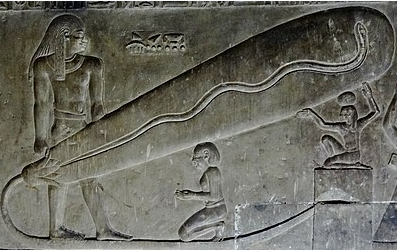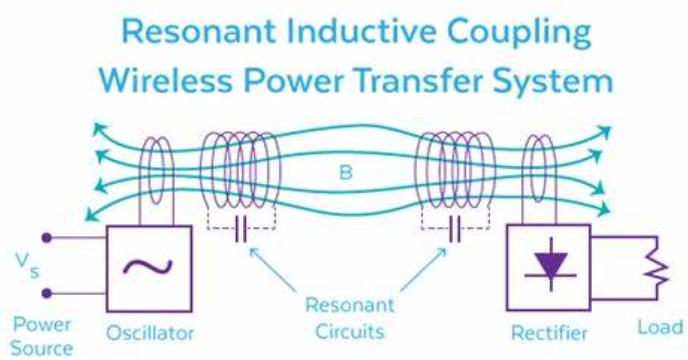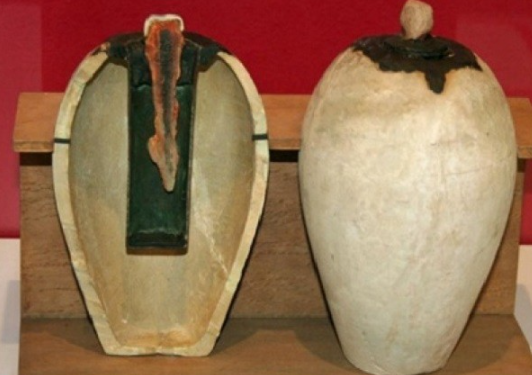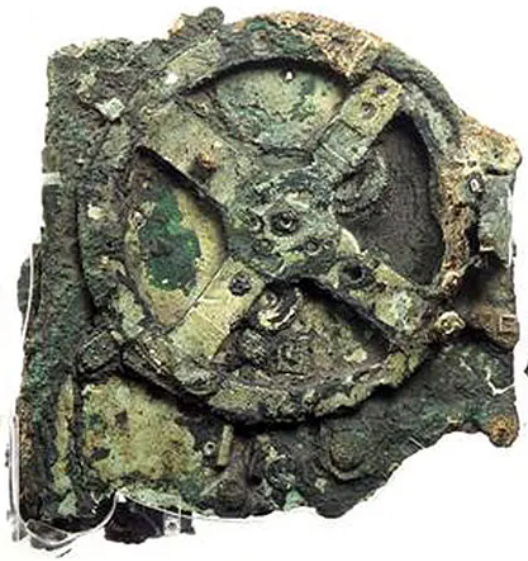Introduction
Wireless energy transmission, the transfer of energy from a power source to an electrical load without wires or cables, is often associated with modern technologies like radio waves, electromagnetic fields, and resonant inductive coupling. However, historical records and archaeological findings suggest that ancient civilisations might have experimented with similar concepts, albeit in primitive forms.
Historical Context
-
Ancient Egyptian Lightbulbs?
- Archaeologists have discovered enigmatic artefacts in ancient Egyptian tombs known as the “Dendera Lightbulbs.” These objects depict what appears to be a bulb connected to a cable, held by figures resembling ancient priests. Some theorists speculate that these depictions represent a form of wireless energy transmission, with the bulb receiving power remotely from a central source.
-
Greek Fire and Advanced Alchemy
- Ancient Greek engineers and alchemists are credited with developing “Greek Fire,” a mysterious incendiary weapon used in naval warfare. While the exact composition of Greek Fire remains a mystery, some theories suggest it involved a form of combustion fueled by chemical reactions triggered remotely, potentially hinting at early experimentation with wireless ignition systems.

The Dendera light is a recurring design element seen in the Hathor temple located in Dendera, Egypt.
Conceptual Possibilities
3. Tesla’s Wardenclyffe Tower Inspiration Inventor Nikola Tesla’s Wardenclyffe Tower project was ambitious, to establish the objective of establishing a global wireless communication and energy transmission system through the use of a resonant inductive coupling.
Tesla’s theories may have been motivated by ancient mythologies, legends, or historical artefacts that suggested the potential for wireless energy transmission in antiquity, even though his vision was ahead of its time.
4. Ancient Mysteries and Lost Technologies
Numerous ancient civilisations, including the Greeks, Egyptians, and Babylonians, possessed sophisticated knowledge and technologies that are still not fully comprehended today. Ancient societies may have possessed a more profound comprehension of electricity, magnetism, and mechanical engineering than was previously assumed, as evidenced by the existence of texts such as the Baghdad Battery and the Antikythera Mechanism.

Resonant inductive coupling is a wireless power transfer method that employs resonant circuits to transfer energy between coils over relatively long distances. This approach capitalises on the principle of resonance to optimise the efficiency of energy transmission.

The Baghdad Battery refers to a collection of three artefacts that were discovered together: a ceramic vessel, a copper cylinder, and an iron rod. It was unearthed at the contemporary location of Khujut Rabu, Iraq.
